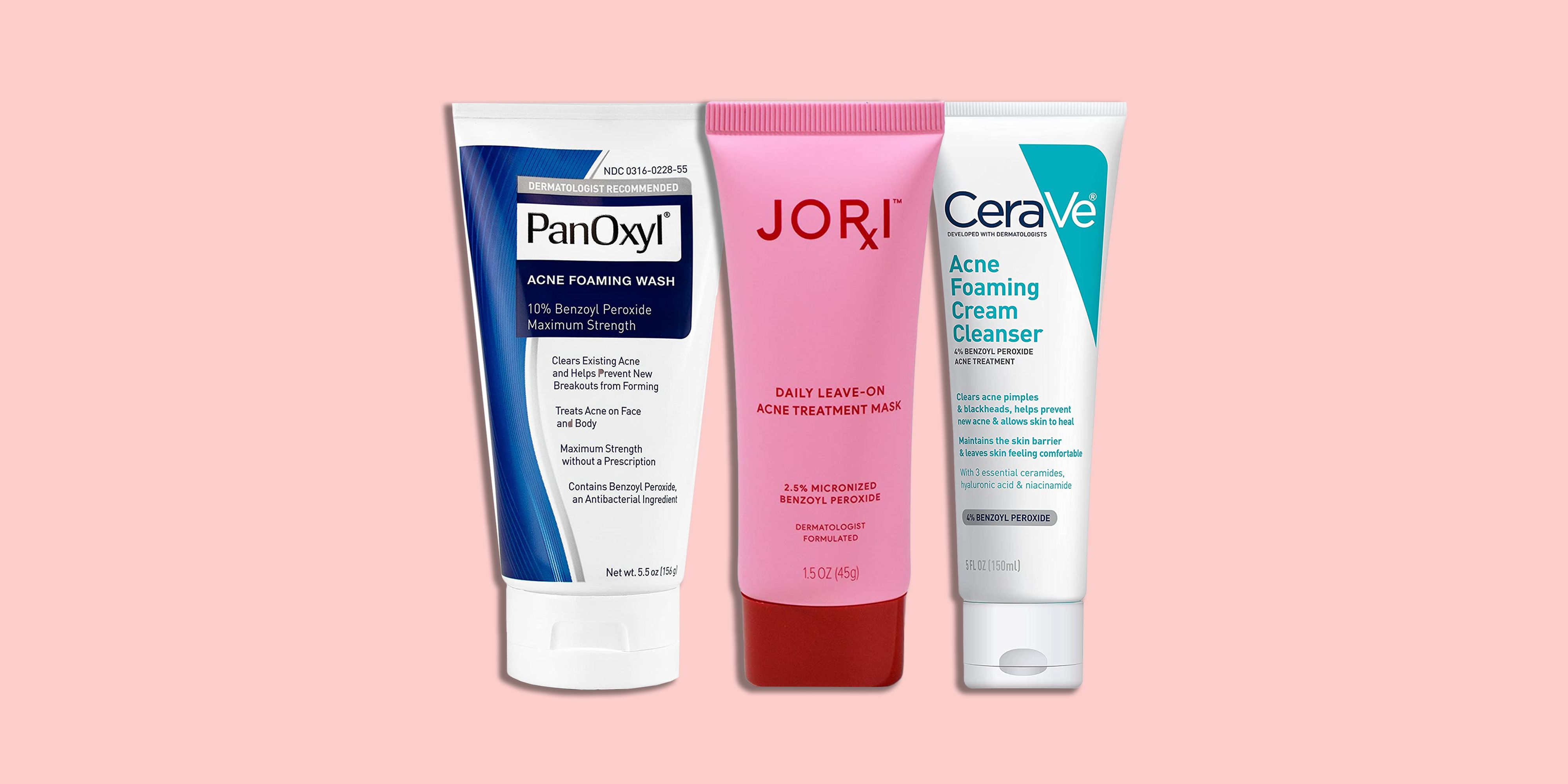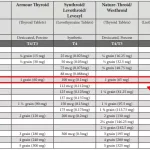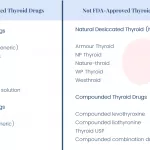Benzoyl peroxide is a medication used to manage various forms of acne. Continue reading to learn about possible side effects, how to apply it, and when to consult a doctor.
Benzoyl peroxide is a commonly used acne-fighting ingredient. It’s sold in a range of strengths as over-the-counter (OTC) gels, cleansers, and spot treatments for mild to moderate breakouts.
Although benzoyl peroxide can effectively reduce bacteria and clear away dead skin cells that block pores, it does have limitations.

Is benzoyl peroxide effective for acne?
Benzoyl peroxide eradicates bacteria beneath the skin and aids pores in shedding dead skin cells to avoid clogs. It can treat current acne and help prevent future blemishes.
Benzoyl peroxide for pimples
Benzoyl peroxide works especially well for inflammatory acne, which presents as red, pus-filled bumps — pustules, papules, cysts, and nodules — rather than simple whiteheads or blackheads.
Benzoyl peroxide for cystic acne
Cystic acne appears as firm lumps beneath the skin’s surface. These lesions may contain pus deep inside, yet often lack an obvious “head.”
The bacterium P. acnes can contribute to cystic acne, and benzoyl peroxide may be useful alongside prescription therapies.
Keep in mind benzoyl peroxide is not the primary treatment for cystic acne. If you have this condition, consult a clinician to identify the most suitable treatments. Delayed or inadequate care can result in scarring.
Benzoyl peroxide for blackheads and whiteheads
Blackheads and whiteheads are forms of acne but are classified as noninflammatory because they don’t produce the red, swollen bumps seen with other acne types.
While benzoyl peroxide can address oil and dead skin that obstruct pores, it may not be the optimal choice for treating blackheads and whiteheads.
Although benzoyl peroxide treats certain acne types, topical retinoids — including adapalene 0.3% and tretinoin — are typically regarded as first-line therapy.
Some adapalene formulations, like Differin Gel 0.1%, are available OTC. Tretinoin requires a prescription.
Your dermatologist can advise whether a stronger retinoid would be suitable.
How to use benzoyl peroxide
Benzoyl peroxide is included in many acne care products. It’s essential to choose the product that fits your skin concern and personal preference. For instance, you might opt for a body wash made for the chest and back rather than a facial product, or you may prefer a gel.
Choosing the right concentration is also important. Tolerance varies — some people can use formulations with higher percentages (up to 10%), while others fare better with lower strengths.
Concentration choice also depends on the application area. The face is more delicate, so many people select a lower strength (around 4%), whereas the chest and back are tougher and can handle stronger formulas.
Benzoyl peroxide may be present in these acne products:
- acne creams and lotions: usually applied once or twice daily over the entire area as both treatment and prevention
- face washes and foams: used once or twice daily to help prevent breakouts and treat existing lesions
- acne body washes and soaps: suited for recurrent breakouts on the chest, back, and other body areas
- gels: often sold as spot treatments with higher concentrations and applied only to affected spots
Side effects
Although generally safe for most people, benzoyl peroxide can produce side effects, particularly when you first start using it.
It can help to begin with once-daily use and gradually increase frequency as tolerated. Starting at a lower concentration can also reduce side effects.
Consult a dermatologist if you notice any of the following side effects or have concerns about using benzoyl peroxide for acne.
Skin side effects
Skin-related side effects may include:
- dryness
- redness
- peeling
You may also feel a burning or stinging sensation where the product is applied.
Avoid using benzoyl peroxide on sunburned skin.
Stained clothing and hair
Benzoyl peroxide is known for discoloring fabrics and hair. Rinse your hands well after applying.
Consider skipping an application right before exercise to prevent transferring the product to hair and clothing through sweat.
Allergic reactions
Allergic reactions to benzoyl peroxide are uncommon but possible. Stop using it immediately if treated areas develop swelling or blisters.
Seek emergency care without delay if you experience severe swelling or difficulty breathing, as these could indicate an allergic reaction.
Benzoyl peroxide and existing skin conditions
A dermatologist may advise against benzoyl peroxide or recommend limited use if you have sensitive skin, since you could be more susceptible to irritation and rashes.
Benzoyl peroxide may also be a poor option if you have eczema or seborrheic dermatitis.
Key takeaways
Benzoyl peroxide is one of several treatments available for acne. It can help reduce inflammatory acne lesions and related scarring, and is most effective when combined with other therapies, such as topical retinoids.
However, individual responses vary, and benzoyl peroxide won’t work for everyone. Allow several weeks for any new acne product to show full effects.
See a dermatologist if OTC options aren’t helping or if you develop an adverse reaction to benzoyl peroxide.


















Leave a Reply
You must be logged in to post a comment.